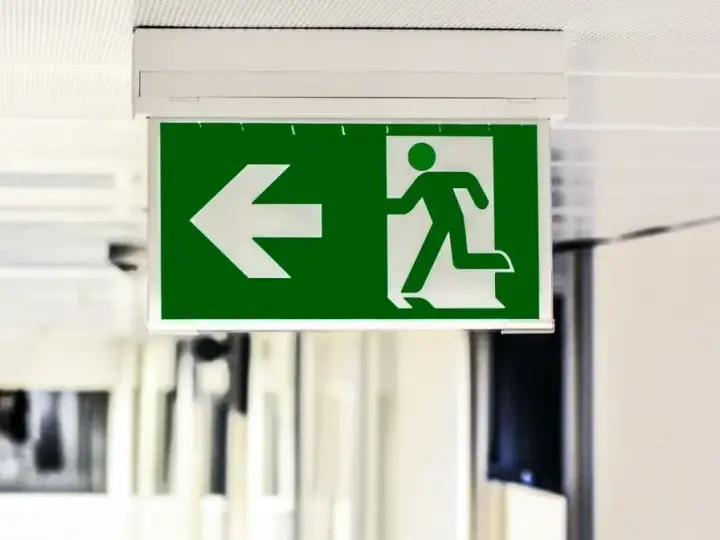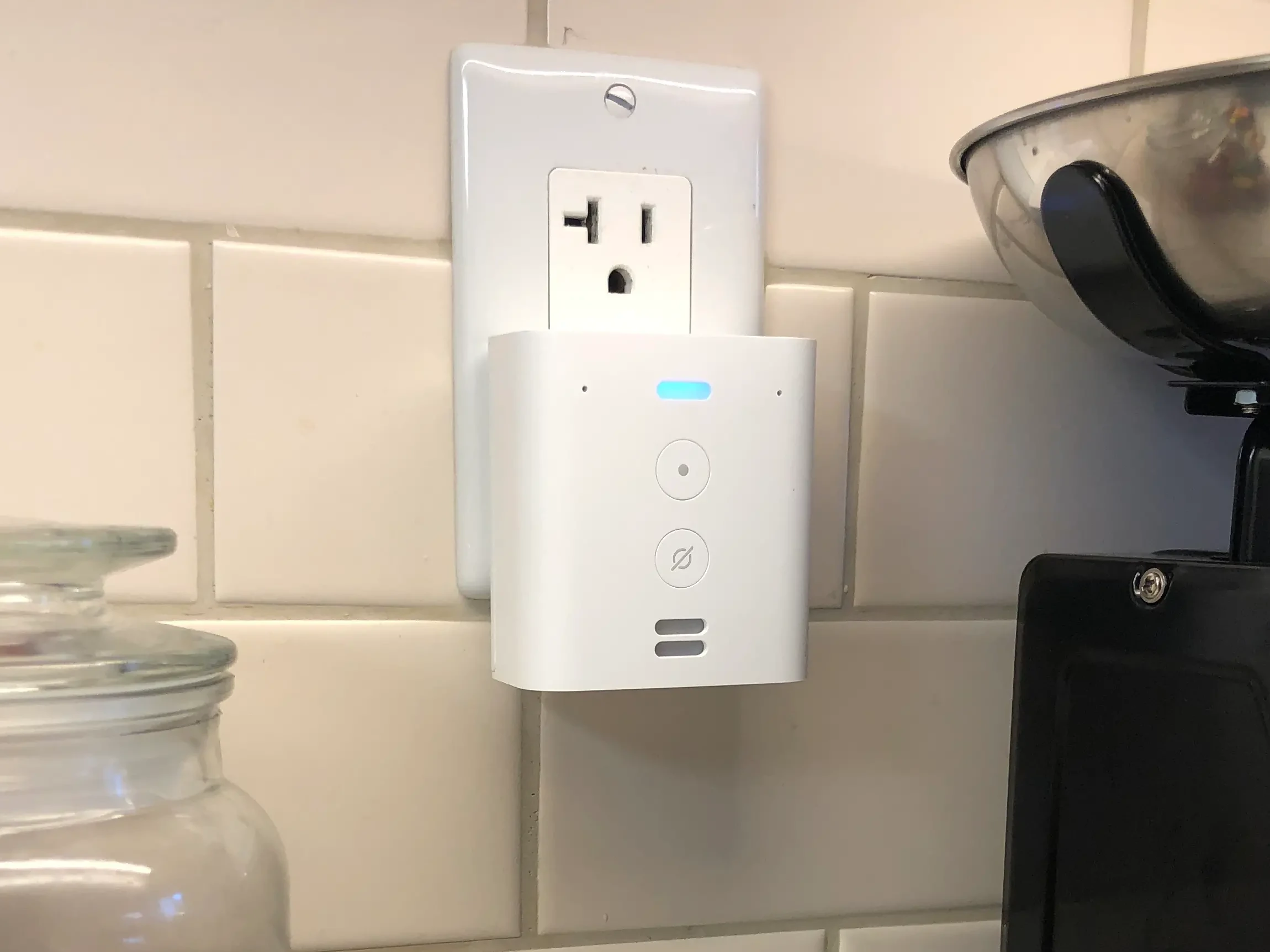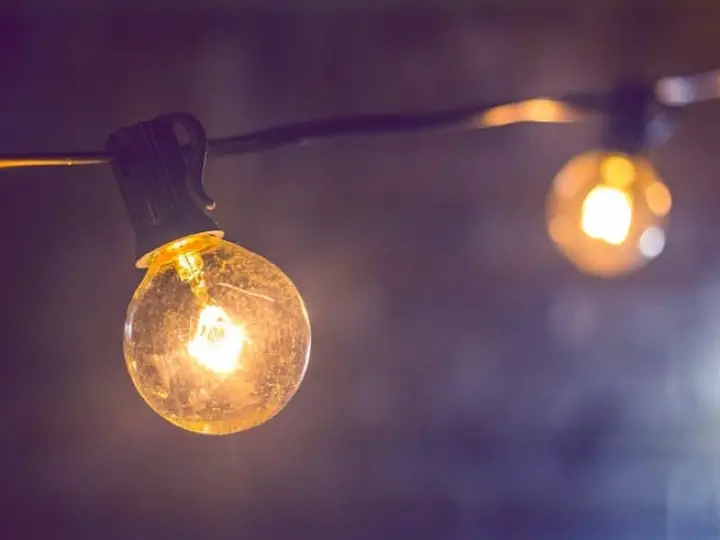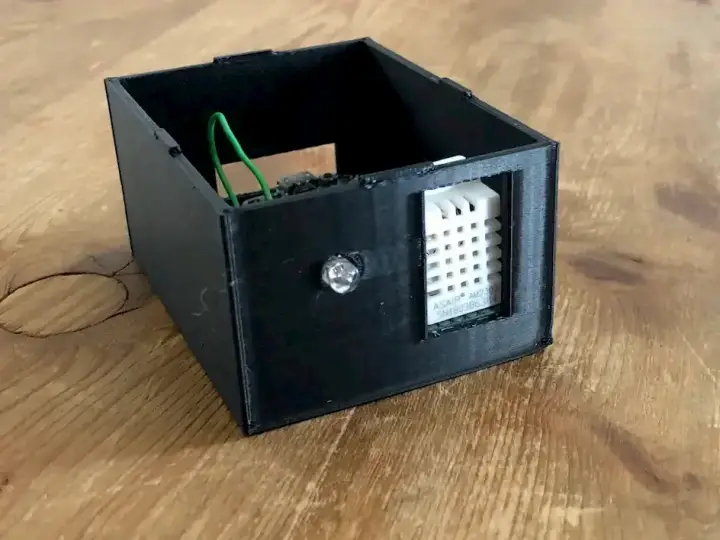The Ultimate Guide to Smart Plugs
Updated on 28th Aug 2020 15:07 in General, Smart
Smart plugs are pretty awesome. They allow devices that would typically have no smart capabilities to be controlled over the network by a controller or app. These versatile little plugs have so many uses and vastly different features that it can become confusing to try and navigate this space. Here are the most common smart plug questions, answered.
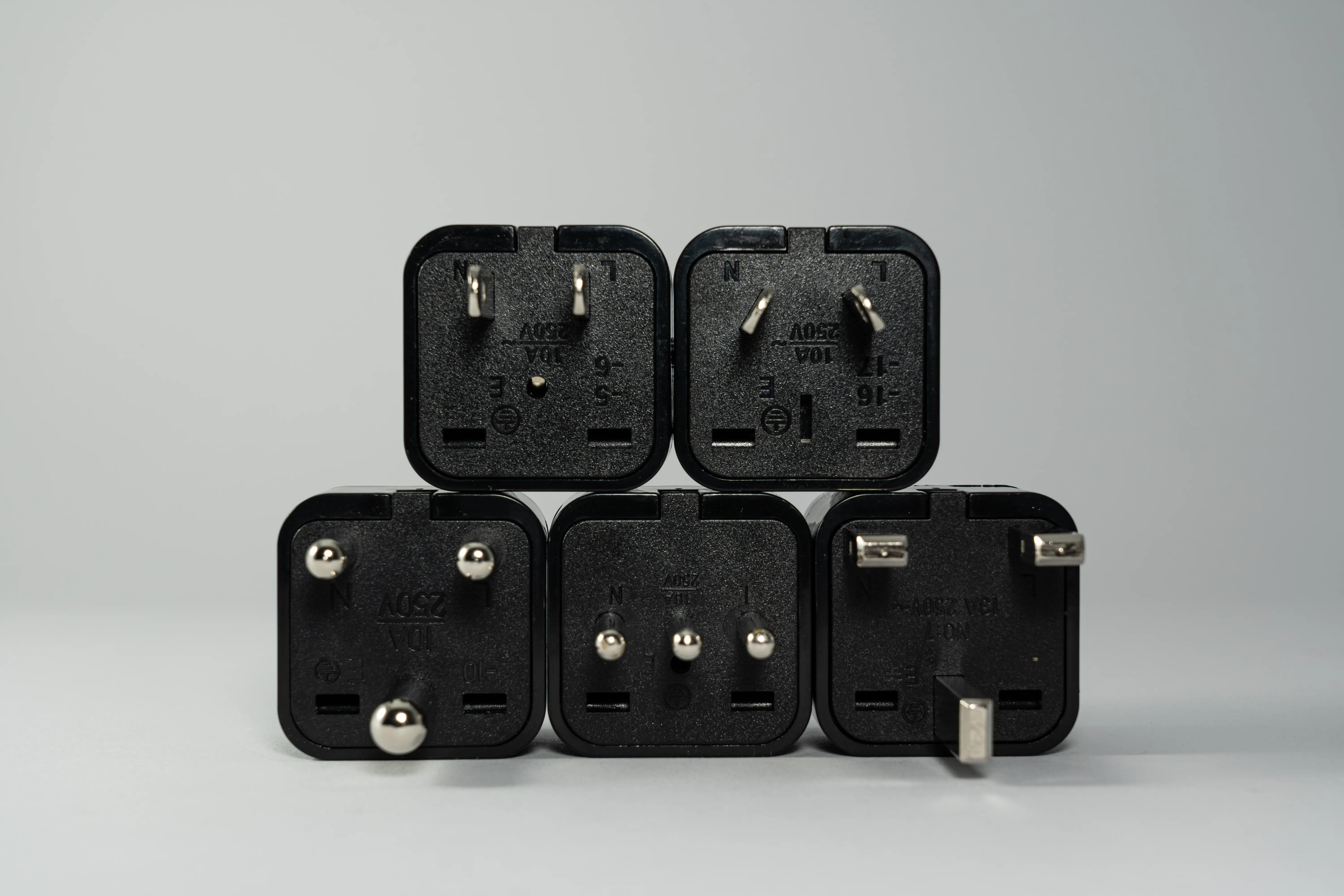
Disclaimer: This post contains affiliate links. As an Amazon Associate, I earn from qualifying purchases.
Table of Contents
- What is a smart plug?
- How do smart plugs work?
- Where to use smart plugs?
- Will smart plugs work without WiFi?
- Can you plug a smart plug into a power strip?
- Can you plug a smart plug into an extension cord?
- Can you use a smart plug outside?
- Can a smart plug turn on a computer?
- Can a smart plug turn on a kettle?
- Should you use a smart bulb or a smart plug?
- Summary
What is a smart plug?
A smart plug is a device that plugs into an electrical socket and allows other equipment to be plugged into an outlet on its rear. They are designed to allow any regular machine to be remotely controlled via a relay inside the unit that is commanded through some sort of wireless protocol. The cheapest plugs will usually use WiFi to communicate with a controller, but models exist that make use of hub systems such as Z-Wave or ZigBee.
Some plugs even include features such as dimming and energy monitoring! Dimming via a smart plug is quite complicated in some cases, and as a result, the price of these units is often much higher than those with a simple on/off option. Energy monitoring is an excellent feature because, in addition to the usage reports, it can be used to remotely determine if a connected system is actually running by comparing its energy draw to the current one.
How do smart plugs work?
Smart plugs connect to a network such as Z-Wave, ZigBee, or even WiFi to send and receive information about their operation. Some plugs offer a dimming function which will typically modulate the output power such that it is only on for a certain percentage of the time, which will reduce the brightness. As an example, if the plug wanted to dim the light, it could modulate the output to be on 50% of the time, which would result in the light being around 50% of the original brightness (not accounting for losses or circuitry overhead).
WiFi plugs will not need a hub and can be used individually without any other necessary component. On the other hand, the hub protocols require both the plugs and a hub to be used. These devices may be worth spending extra on for a hub connected version, as depending on your WiFi setup, the reliability of your system could be compromised. Depending on what they are controlling, it may be okay to have lower reliability. Still, for things like heaters or air conditioners, the higher reliability of a hub may be desired.
Where to use smart plugs?
There's a lot of really awesome places smart plugs can be used. As a general rule, anything that works by receiving electricity directly is a candidate for these plugs. The differences between these two classes of devices are essential to recognize because, in one, the machine will immediately begin operating when power is applied. In contrast, in the other, some startup sequence must be performed for it to work correctly.
An example of a device that works immediately is a phone charger. As soon as power becomes available, the charger will begin outputting 5 volts, and any connected devices will start to charge. On the other hand, a computer is a classic example of something that doesn't start as soon as power is applied. These are just very general guidelines; however, some devices that look like they should start right away get caught on some screen while some computers will actually power on automatically.
Here are a few ideas of places to use smart plugs:
- Lamps, lights, night light
- Space heater
- Kettle
- Coffee machine
- Charging devices (phones, tools)
- Speakers
- Humidifiers
- Fans
Most of these can also make use of a sensor to enhance control, such as a humidity sensor for the humidifier or a scheduler to make a night light.
Will smart plugs work without WiFi?
It depends. The vast majority of the products available on the market make use of WiFi and the cloud, meaning that without any WiFi they will not work. Not all smart plugs will use WiFi though, many products make use of hub protocols such as Z-Wave and ZigBee that never require a WiFi connection to function.
If you are wondering what happens when a WiFi plug loses connection to the network, they will no longer function properly. The exact details will vary greatly depending on which plug you are using, but in most cases, there will be a small button that allows the manual operation of the relay. Giving it a press will turn the plug on and hitting it again will turn it off. While this is nowhere near the level of control you get when everything is working, it can really help in a pinch.
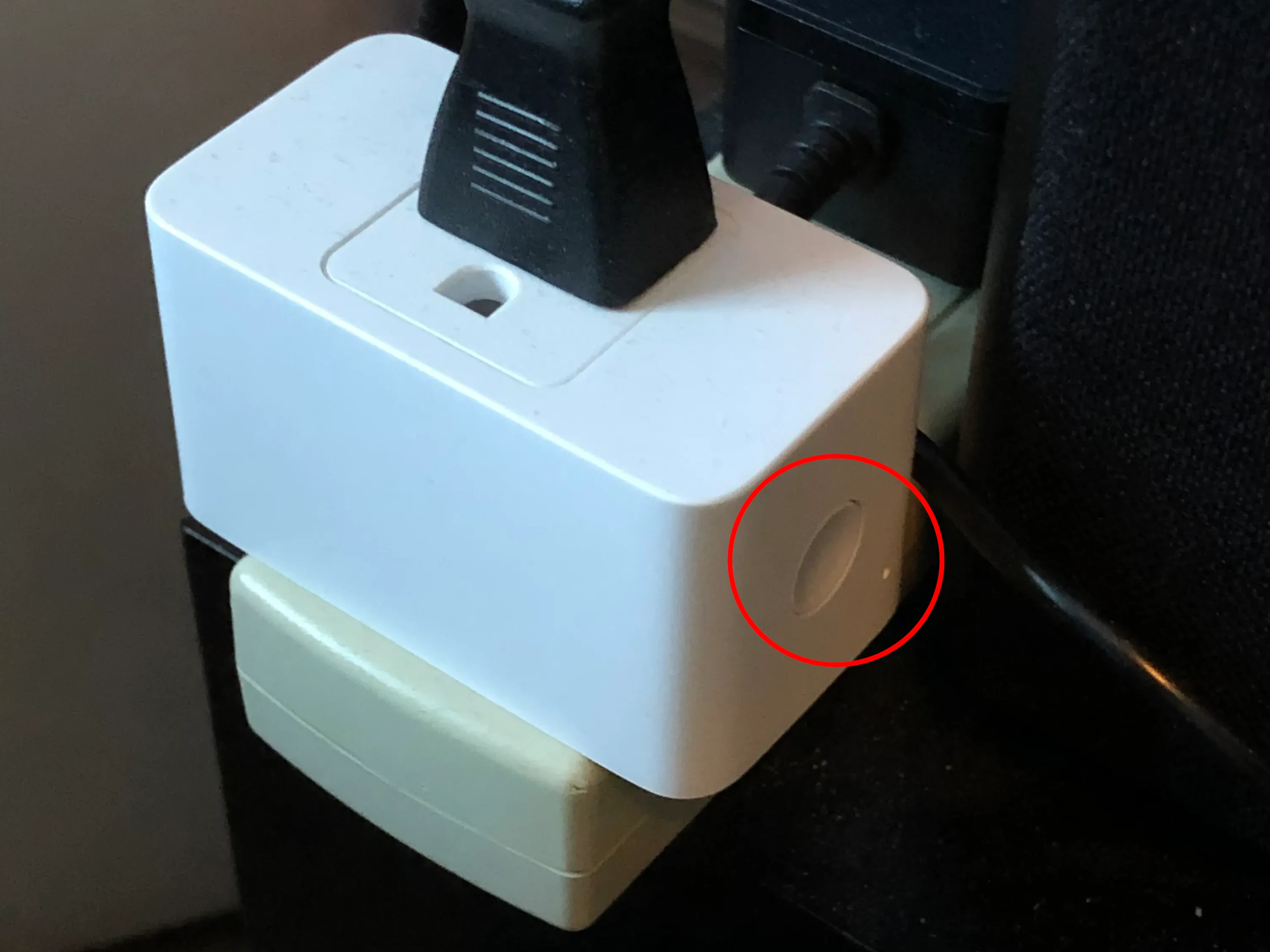
Can you plug a smart plug into a power strip?
Yes! The biggest issue with doing this is that smart plugs tend to be quite bulky, making it challenging to retain access to all of the spots in the bar. If using them in a power strip is the primary goal, I recommend finding one that is flat at the top and allows the spots above and below them to be used. Any round version will typically be too big to use correctly in such a configuration.
A final note about smart plugs and power bars is that "smart power bars" are available off the shelf and can offer an exciting alternative to using multiple plugs in a regular strip. Many of them will have port by port control, allowing you to have as much control as you would using a plug in each port but often at a much lower cost!
Can you plug a smart plug into an extension cord?
Yes! Extension cords are always a bit difficult to talk about because they are often used in incorrect and sometimes even dangerous ways. Smart plugs themselves have no additional danger when used with an extension cord, but they may encourage some bad practices, such as plugging too many things into one cable or drawing too much current from it.
Without getting too technical, the longer a cord is the more resistance it will have when devices draw power from it. Usually, this is fine because the extra resistance is negligible and has no effect. However, when the current draw is high, such as when using a space heater or an air conditioner, the resistance becomes relatively high and can begin to produce a lot of heat in the cord. This is very dangerous and can result in burns or fires that will cause a lot of damage, so make sure to act responsibly if using a smart plug with an extension cord.
Can you use a smart plug outside?
It depends a lot on the product. Some will be indicated for use outside, and some are indoor only. In any case, ensure to use the correct device as using the wrong one can result in severe harm or fires. Outdoor plugs will typically look more rugged and be a lot bulkier to help keep the water out. It is essential to only use devices that are specifically rated for outdoor use as anything else could be dangerous.
Another thing to consider when using a smart plug outside is the device that will be connected to it. When electronics are going to be used outside, it becomes crucial to consider the safety of the connection to ensure nothing could come into contact with water. Any amount of current draw outdoors will present some level of additional danger when compared to indoor use. Still, it is essential to be especially careful of high current devices like heaters, pumps, air compressors, and other such accessories.

Can a smart plug turn on a computer?
Most computers do not power on when power is applied to them. As a result, unless the computer will automatically boot upon being powered using a smart plug for a computer will not work. Also, I would not recommend using the power to turn a computer on or off as turning a computer off incorrectly can cause severe data corruption and system instability.
If you want to use it with a laptop, it is possible to have the plug enable the power which can allow the computer to charge its battery, but unless you have a unique configuration, it won't boot when it receives power. Desktop computers will simply not work correctly if they are turned on and off regularly with the power plug. If the machine was not expecting to lose power, any unsaved work or even operating system files could become lost or corrupted. I would not recommend anyone use a smart plug to turn on a computer unless you have a particular need.
Can a smart plug turn on a kettle?
Yes! Most kettles are simple resistive loads that are perfect for use with smart plugs. The only issue most kettles will have is that they often offer features that physically flip their power switch when the water is ready. The only way a smart plug can control the kettle properly is if it's power switch is already in the "ON" position before any power is applied. If this sounds interesting to you and would like to know how to build this for your self, check out my post on making a DIY smart kettle!
Should you use a smart bulb or a smart plug?
Lamps and other lighting fixtures don't always offer a clear solution when it comes to making them function with a smart home. Is it better to use a smart bulb or plug? The answer is that it depends mostly on what features the final product should have. If it just needs to turn on and off a smart plug is the best way to go, it allows you to keep the current bulbs, saving you from needing to match the colour and brightness of the existing room.
However, if dimming and multicolour features are desired, a smart bulb will work much better. To be clear, a smart plug can definitely dim lights, but these plugs are often much more expensive than those that don't, and they are also a lot harder to find. That's not to mention that connecting something which isn't designed to be dimmed into a dimmable smart plug could damage equipment.
The summary is if you want seamless integration of smart control into your existing setup, use a smart plug. On the other hand, if full control over the brightness and colour of the bulb is needed, a smart bulb will be able to provide a much better solution.
Summary
Smart plugs are handy for a vast amount of situations. They can help make devices that are otherwise just manually controlled smarter by integrating them with a smart home controller. If you use smart plugs to control things in your smart home, let us know in the comments! There are so many creative uses, and the sky is the limit when it comes to what you can create.
